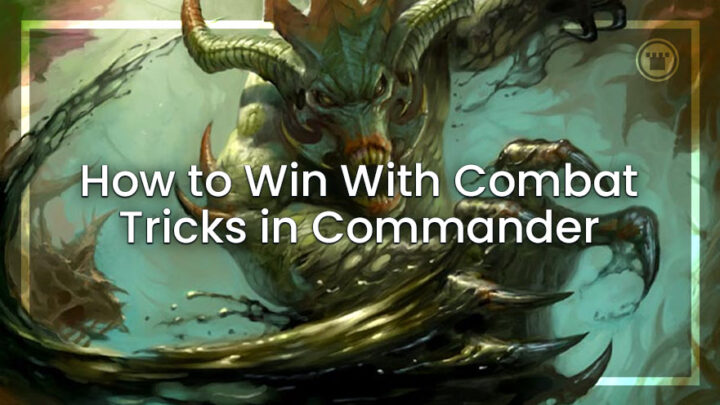Commander is about self-expression; playing with your favorite cards and mechanics with the best possible support from across Magic history. But what if your favorite cards in Commander are combat tricks?
Single-target creature pump spells can be gamewinners in Limited or 1v1 Constructed, but it takes some special effort to help them scale up to the 40 life multiplayer metagame. Still, it can be done — and as a lover of combat tricks myself, I’m here to find the best ways to build around them.
A TRICKY PROPOSITION
If we’re searching for ways to make combat tricks really work in Commander, it might be best to start by reviewing why they often… don’t.
In terms of return on resources, tricks are definitely on the “mana efficient, card inefficient” end of the scale, somewhere near Lightning Bolt and Dark Ritual. The actual text of a combat trick can vary wildly, but their impact on the game is always brief (usually just one turn) and finite.
Spells like Giant Growth just don’t “scale up” as easily as other kinds of cards, regardless of your available resources. The difference between a world-class Giant Growth and a forgettable one is all outside context. The Growth that saves your best creature or forces lethal combat damage after blocks is the one that matters most.
Unfortunately that kind of high-stakes creature combat is far less common in Commander games. Most creatures, especially commanders, are chosen for their abilities more than their statline, and experienced players are very cagey about exposing these valuable engine pieces in blocking scenarios.
The overall, bigger numbers of the format work against us here too: players don’t need to block as much when they’re working with a 40-life cushion.
Those numerical realities of Commander straight-up wreck what’s meant to be good about cards like Giant Growth. Doubling the starting life totals and raising the overall power level of decks seriously undermines their intended numerical efficiency, and creates a metagame which minimizes their opportunities for impact. And if you try to pressure opponents into those scenarios by attacking proactively, you’re far more at risk of getting ganged up on or taken advantage of by other players once your resources are committed.
In order to make combat tricks shine as the heart of our strategy, we really need the rest of our cards to somehow cover for these significant weaknesses.
FINDING THE RIGHT TARGET
As you might expect, the choice of which commander to play is by far the most important here. When we’re trying to cover the weakness of our central card type with positive synergies, having them on a commander will provide reliable access to those synergies every single game.
They also give us reliable access to an actual creature so we can start getting the upside from those tricks ASAP. Even if the commander isn’t what we build around as our most ideal target, picking a lower-cost option at least gives us a consistent backup threat thanks to the lethal commander damage rule.
Of course, we’re usually hoping for slightly stronger synergies between our tricks and our commander than simply “is a legal target!” Some commanders are able to to transform a mass of tricks into a unique value engine and dominate the battlefield, defying the more aggressive expectation of these spells to grind games out over many turns.
The most famous and obvious example is Feather, the Redeemed, who completely transforms the way you have to think about combat tricks and other friendly-creature-targeting spells in Commander.


Feather’s design really is a perfect blueprint for a build-around commander of any mechanic. She lets you carve out an identity with cards nobody else can play, and she gives those cards time to shine instead of railroading you into the same winning lines every game.
Feather is so powerful that she can easily support different playstyles within her theme, although the natural card advantage she generates leads most players to choose a controlling/tempo approach. Just keeping Feather in play and ticking over is enough to tip the game in your favor without trying to force huge turns.
ONE-TURN WONDER
But what if huge turns are *your thing*? After all, the most popular use for combat tricks in constructed is forcing incredibly early kills with Kiln Fiend or various Infect beasties. Can we recreate a similar strategy in Commander? Boy, can we.
One of the most unique combat trick commanders is Zada, Hedron Grinder, who multiplies the value of your tricks in the exact opposite way to Feather. Instead of getting to cast your tricks several times over a few turns, Zada gives you all the extra casts at once — and at no extra cost.
The result is halfway between Storm combo and a very fast token aggro plan, running cards you’d never see anywhere else to terrifying effect.
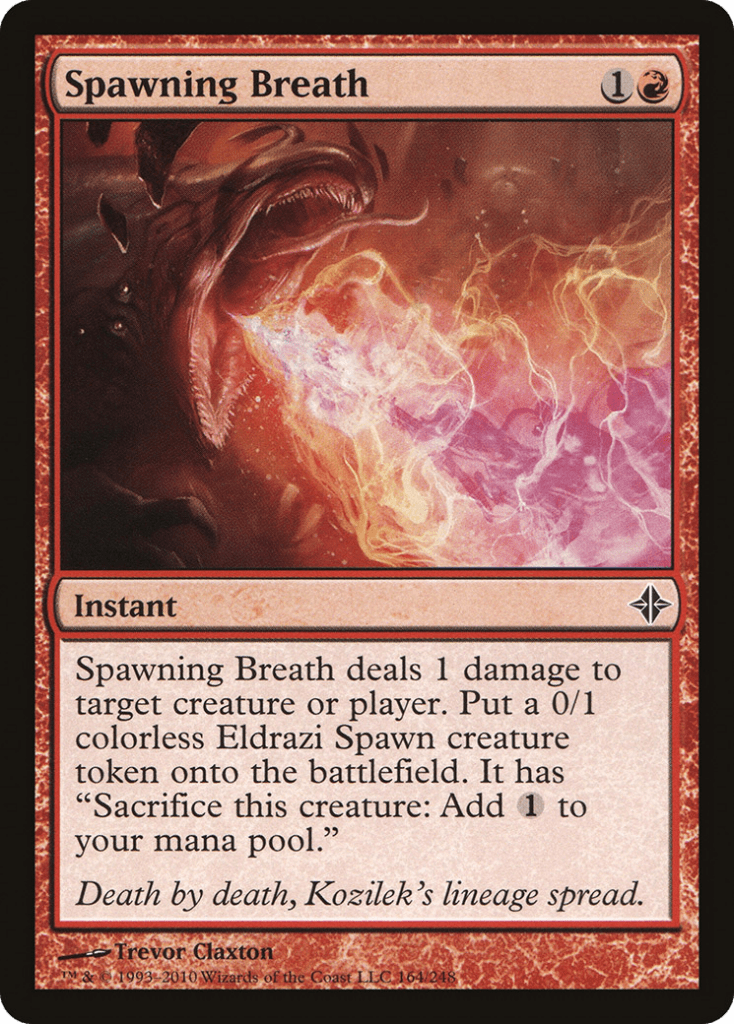
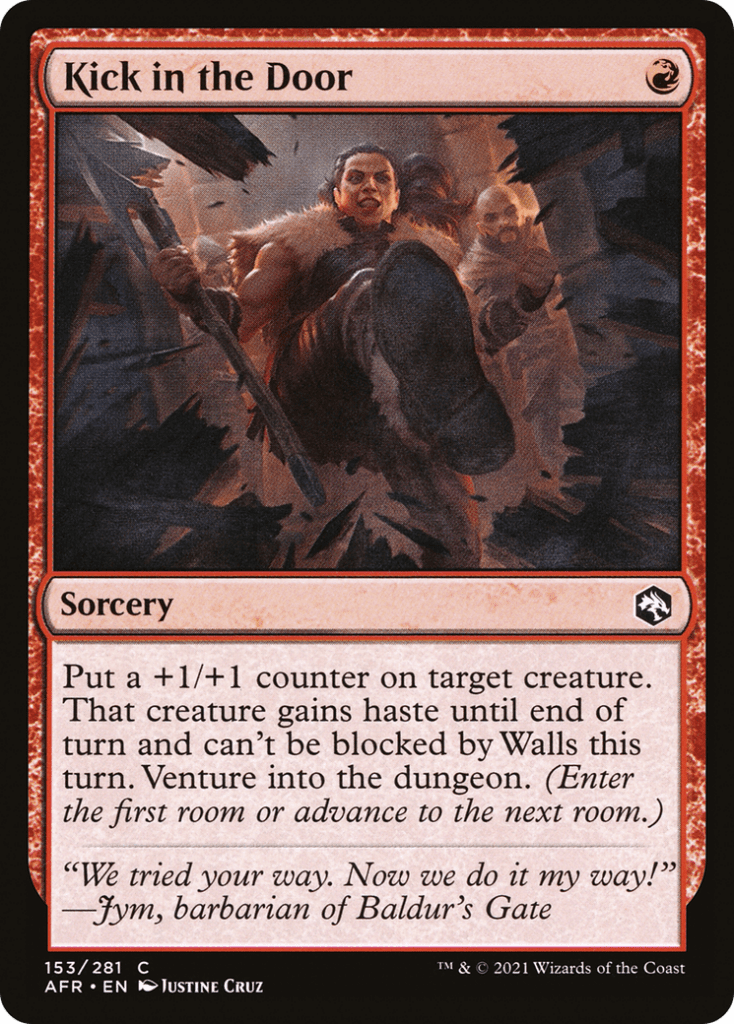
Zada’s real bread and butter is any combat trick that incidentally generates other resources: draws, mana and creature tokens chief among them. Rush out Zada early or wait until you can prepare the field with some early tokens plus a bit of surplus mana to begin comboing as soon as they hit play.
There’s no shortage of one-mana tricks that cantrip, allowing you to rip deep into your deck to find mana rituals and enablers like Birgi, Runaway Steam-Kin or Storm-Kiln Artist. Though the nice part is that simply making more tokens with any spare mana will upgrade the efficiency of your spells.
Other than being wholly reliant on Zada, this deck can be a fearsome and consistent combo killer: all thanks to the power of combat tricks.
LIGHTNING ROUND
Those commanders are two of the most potent and well-known choices for building around combat tricks, and both live within the part of the color pie most heavily associated with them (red/white). But they are far from your only options, and exploring the full color pie makes clear how many unique angles of synergy can be found to help justify and anchor these decks.
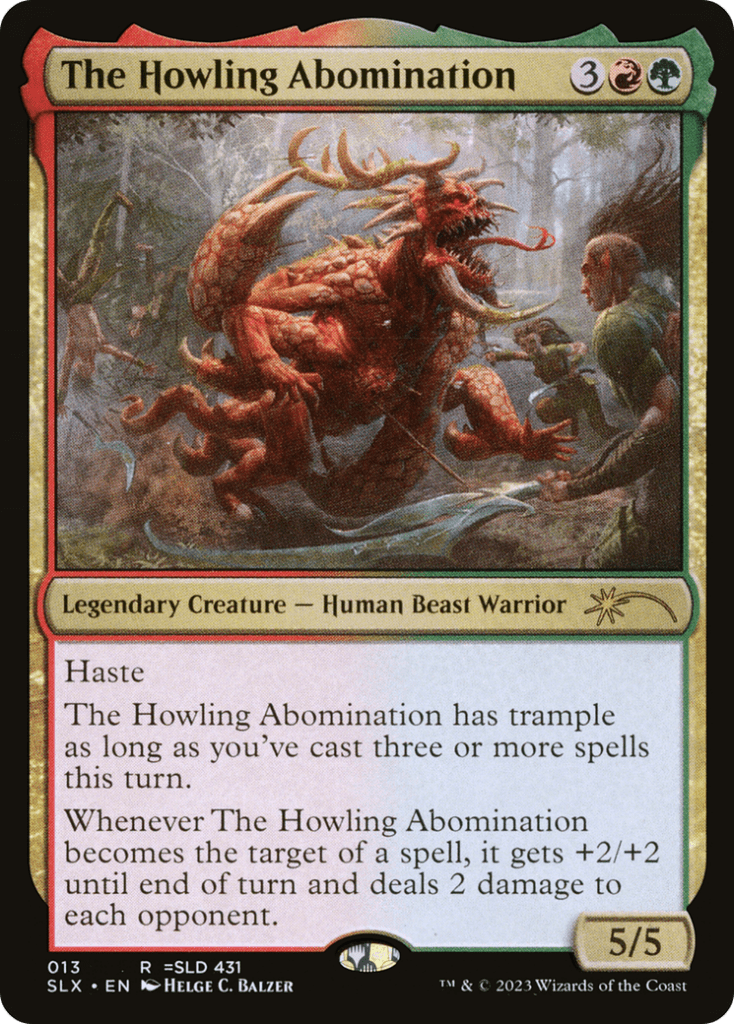
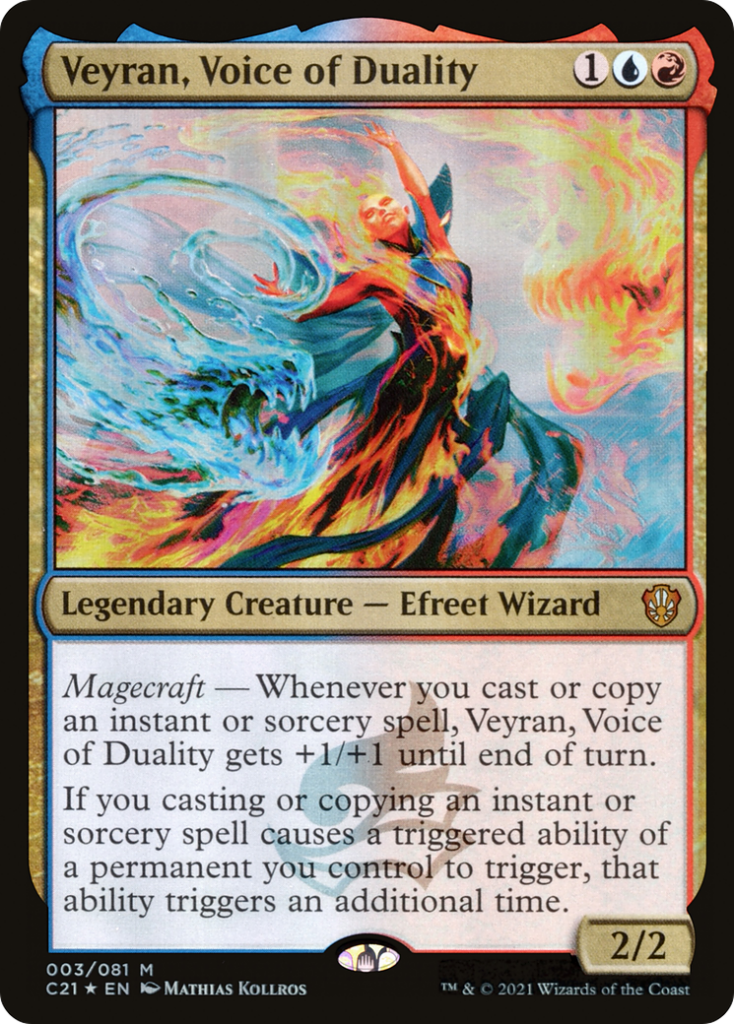
Commanders with Prowess-like abilities, or other ways to generate stats off instants and sorceries, have a very natural synergy with combat tricks, which are among the most mana-efficient ways to rack up their triggers. Their stat-generating ability generally means they are more interested in evasion-granting or defensive combat tricks than straight-up pump.
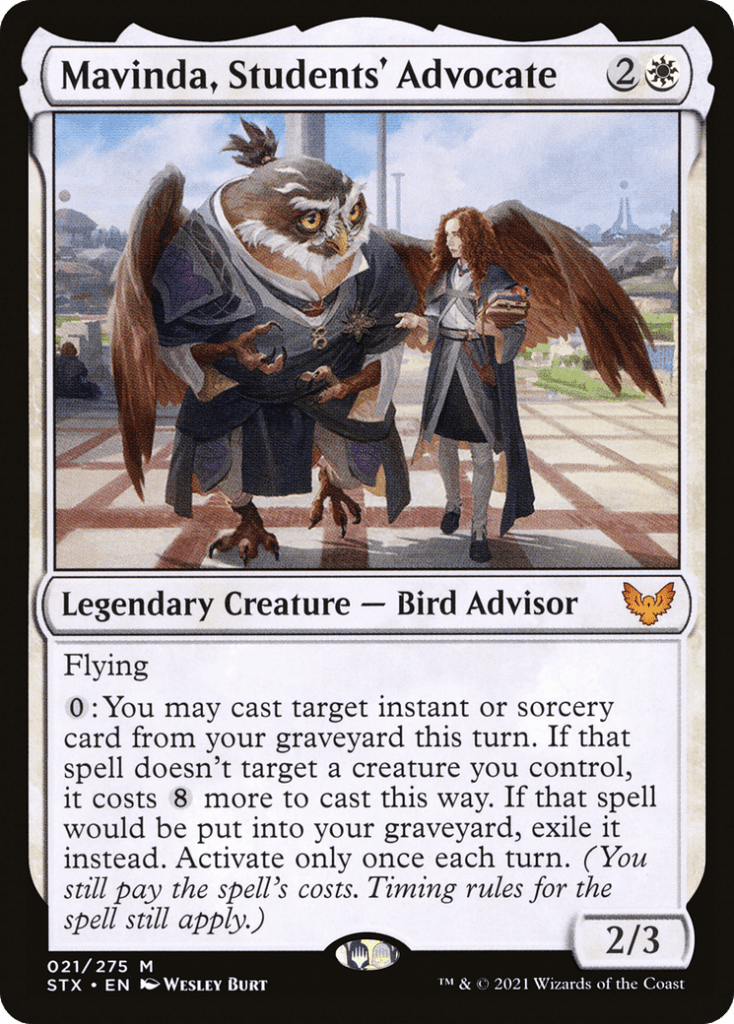
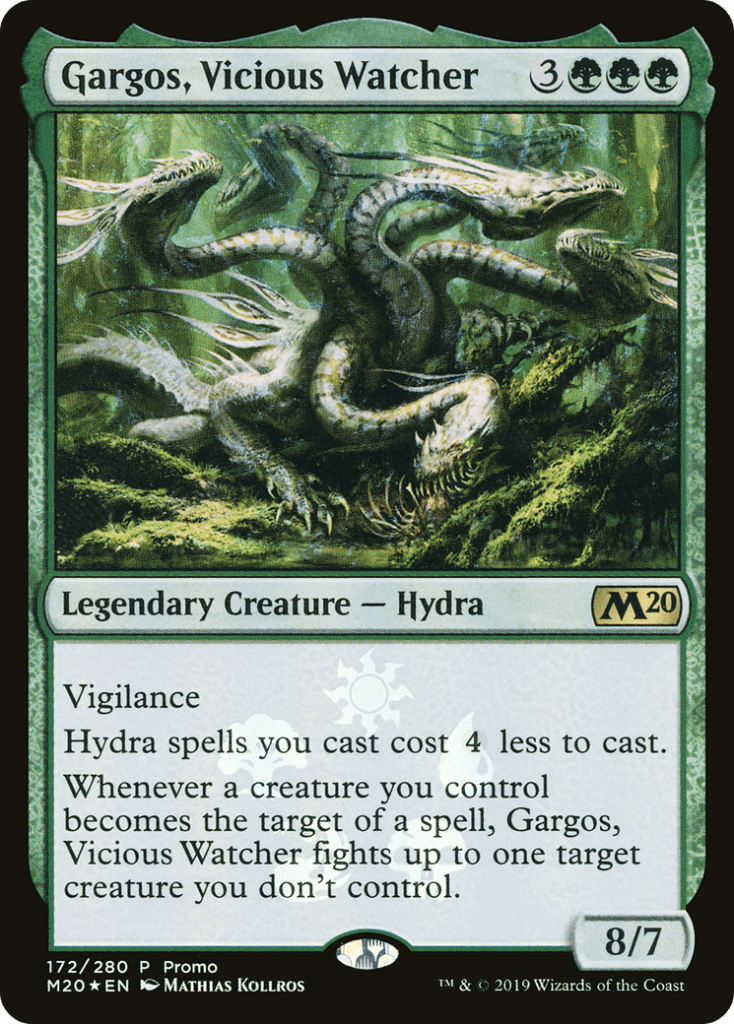
Feather isn’t the only way to play a more board-controlling game around here. Mavinda is kind of like Feather’s understudy, with some interesting tweaks based on her mono-white identity and the ability to (expensively) recycle spells regardless of target.
Gargos doesn’t re-cast your existing spells so much as it turns them all into potential removal — a good selection of green’s indestructible-granting tricks will shut down creature-based strategies.
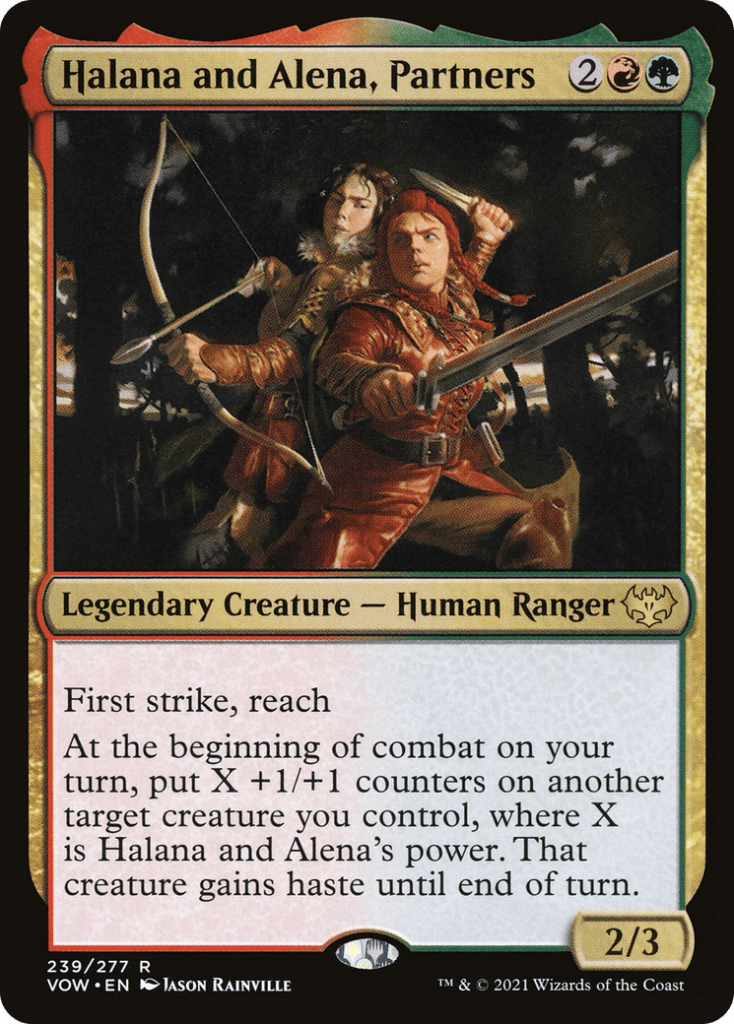
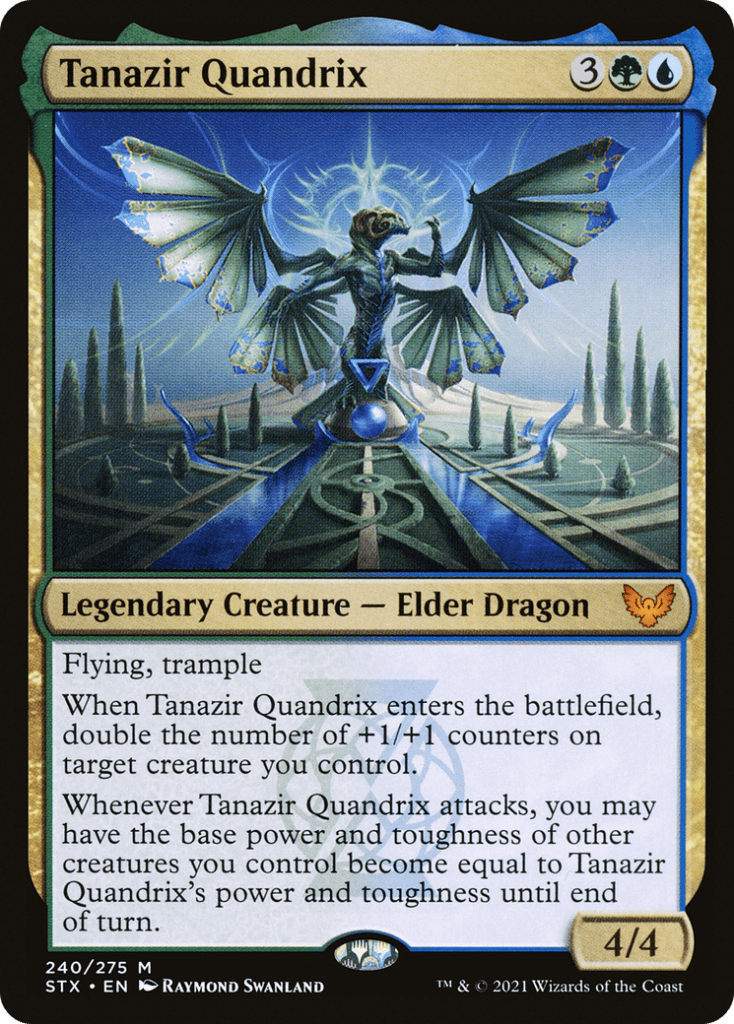
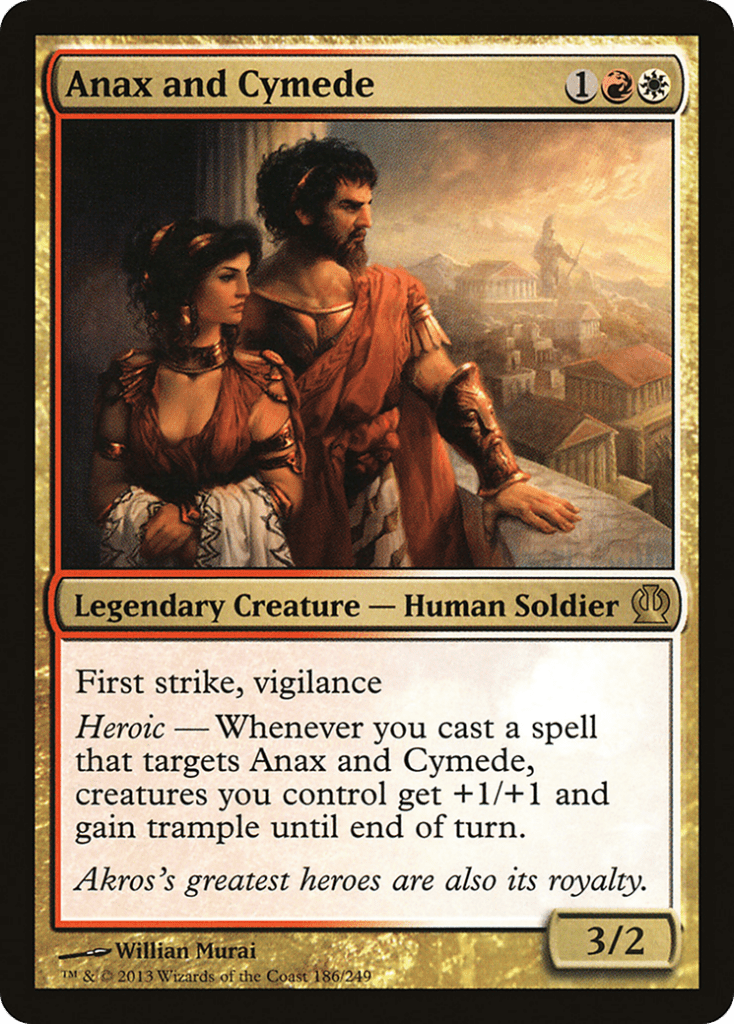
This kind of commander expands beautifully on the tokens subtheme we discussed for Zada. Having some way to share the benefits of your tricks across a wider board definitely helps make up for their inefficiency, although each option here likely needs a slightly different approach to trick selection.
Tanazir Quandrix is a little expensive as our “reliable target” but is still my favorite. It’s so easy to turn tokens and defensive creatures into a huge, lethal swing with just one or two buffs on the dragon. And you still get full value from +1/+1 counters on both Tanazir and the rest of your team!
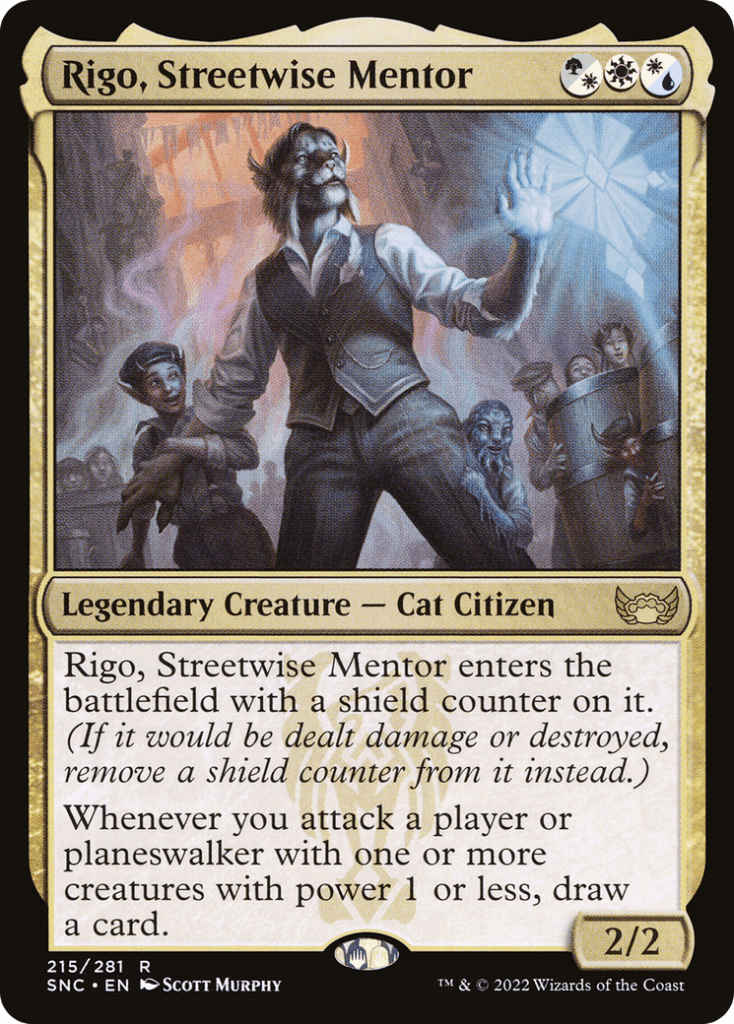
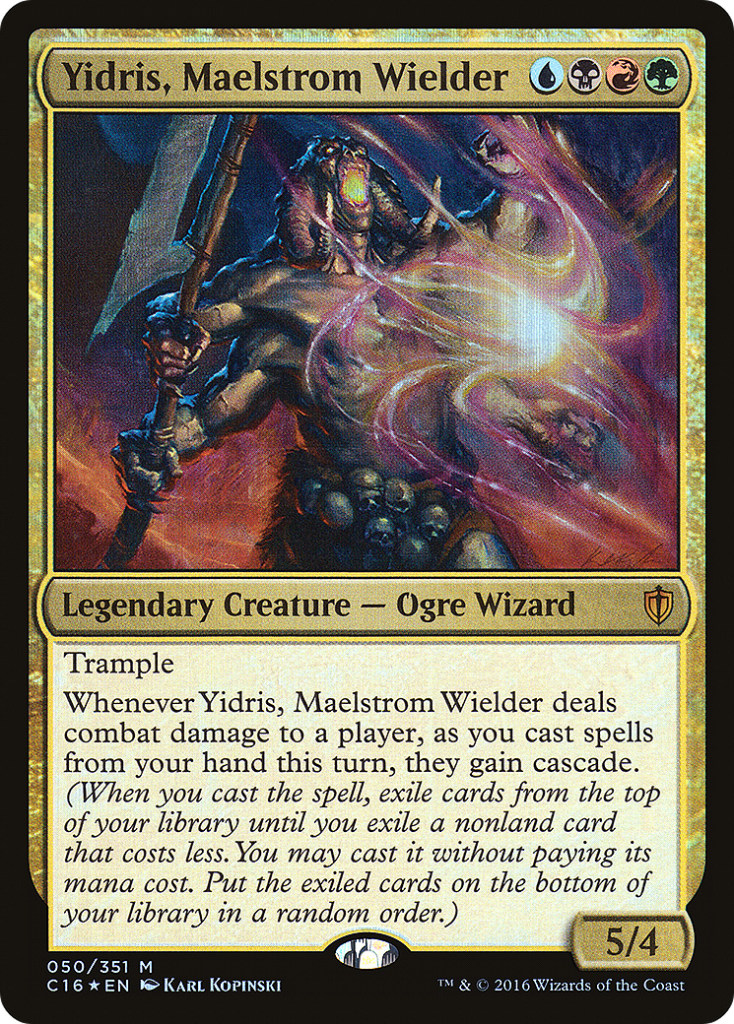
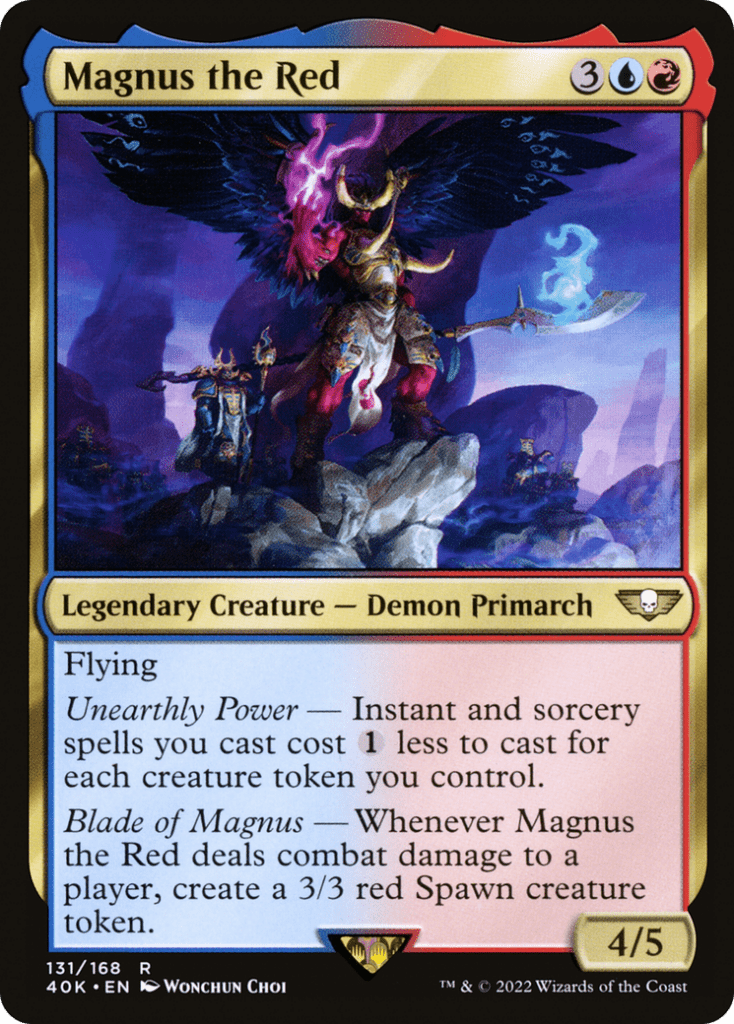
Approaching our puzzle from the other direction, you can use combat tricks to enable commanders whose mechanics encourage them to go to combat, but which may not always be equipped to punch through. Usually we want to look for either spell slinger synergies or card draw to justify going the combat trick route over other buffs, but there’s also some good incentives on cards which need to sometimes have low power instead of being permanently equipped.
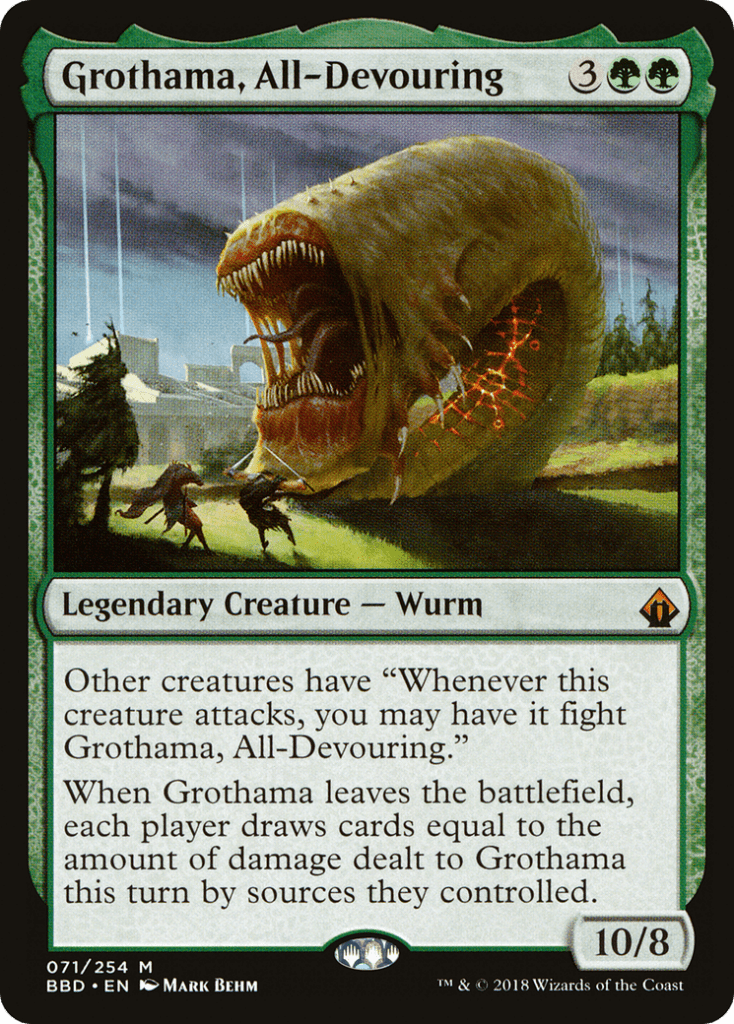

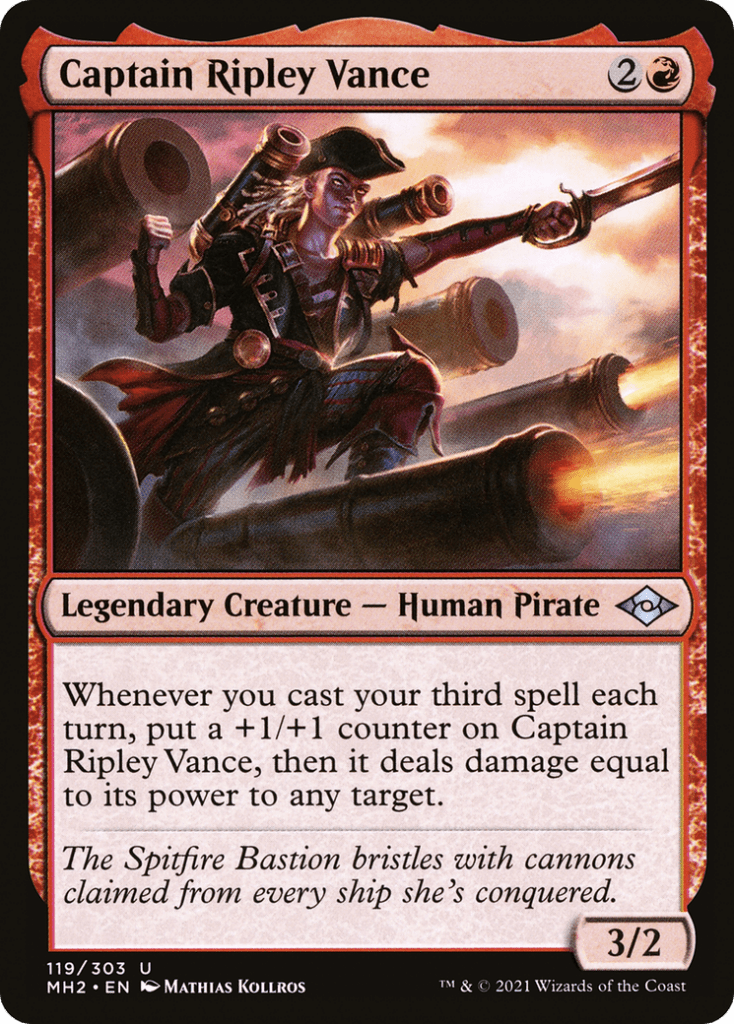
Speaking of commanders whose mechanics care about their power, there’s also non-combat effects like Grothama’s where the ability to bluff and flexibly manipulate their stats is valuable. In other cases, the need to cast lots of spells or the high return on cards or mana makes buffing power with combat tricks more attractive than traditional “Voltron” support.
THE TRICKIEST TRANSFORMER
This brings me to the final commander I want to highlight today — one who combines nearly all the synergistic strengths we just touched on into one, mean motorcycle.
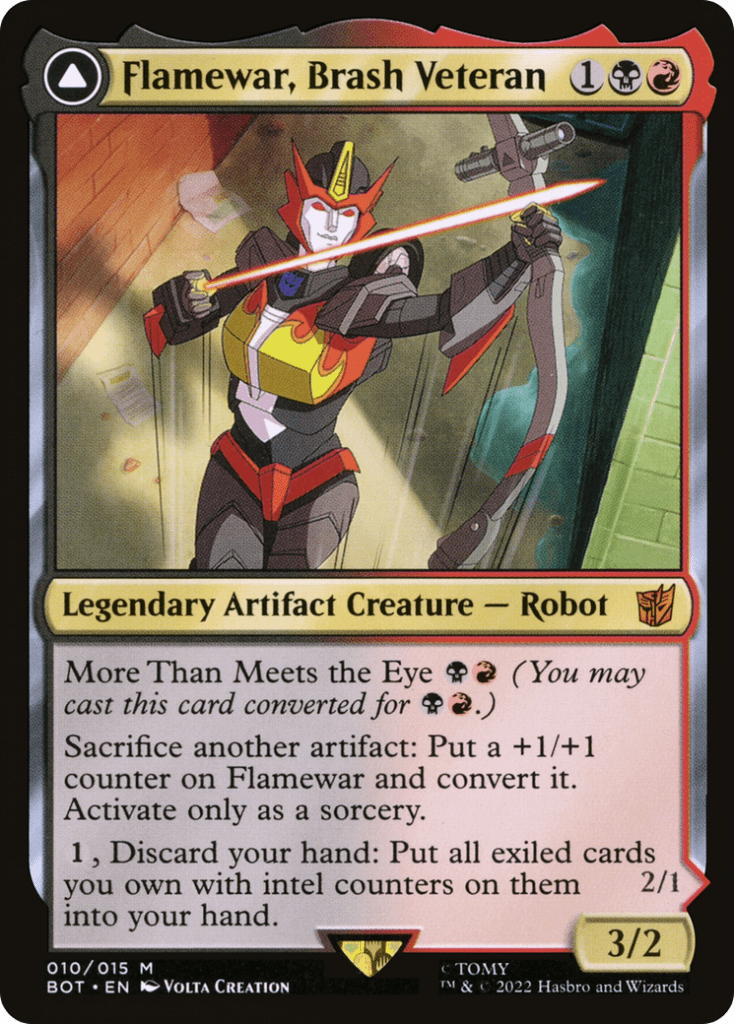
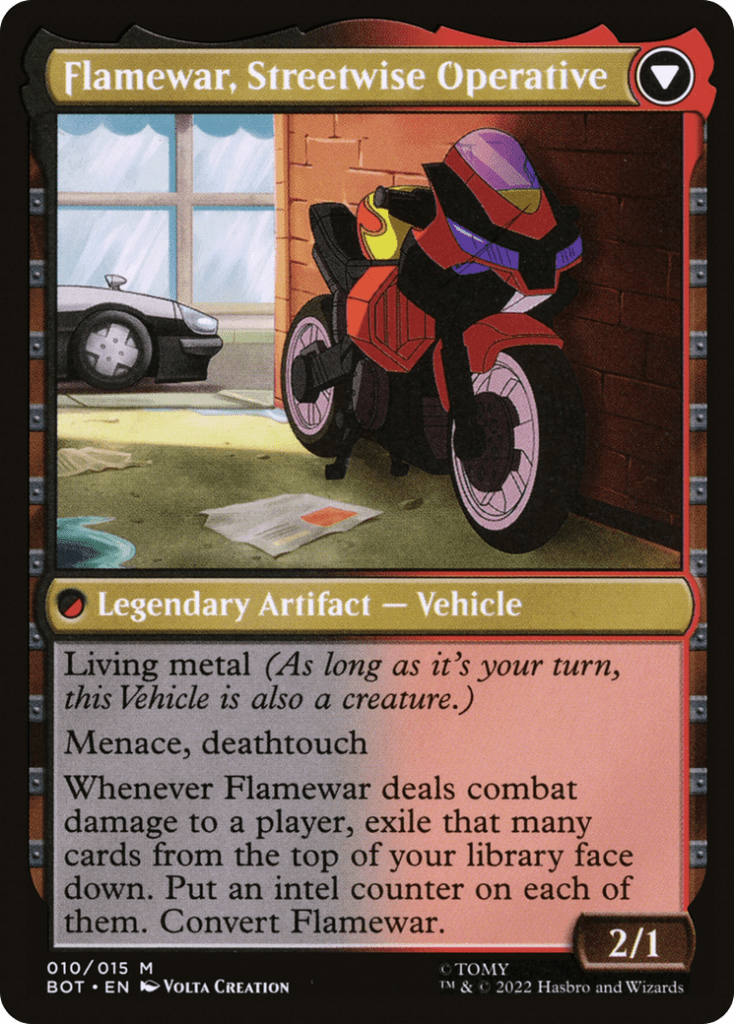
Flamewar has your combat tricks live and effective by turn three thanks to her incredibly low mana value. She obviously wants you to attack, and she’s got an incredibly good base profile for doing so. Many opponents won’t be comfortable trading with a cheap Menace-Deathtouch creature, so you can use combat tricks in their traditional threatening/bluffing mode instead of them being mandatory to force damage through.
Fortunately, Flamewar makes it worthwhile to jam the tricks even when she’s not blocked. Her Bomat Courier-esque draw ability scales with damage dealt, making this a perfect engine for cheap, expendable buffing spells!
Taking a step back for a second, it’s worth mentioning how good Rakdos is for combat tricks. You can buff Flamewar with virtually every keyword, solid protective tricks in black and lots of raw power boosts in red. Coincidentally, these are also the colors of mana rituals, trading life for resources, extra combat steps and Storm…
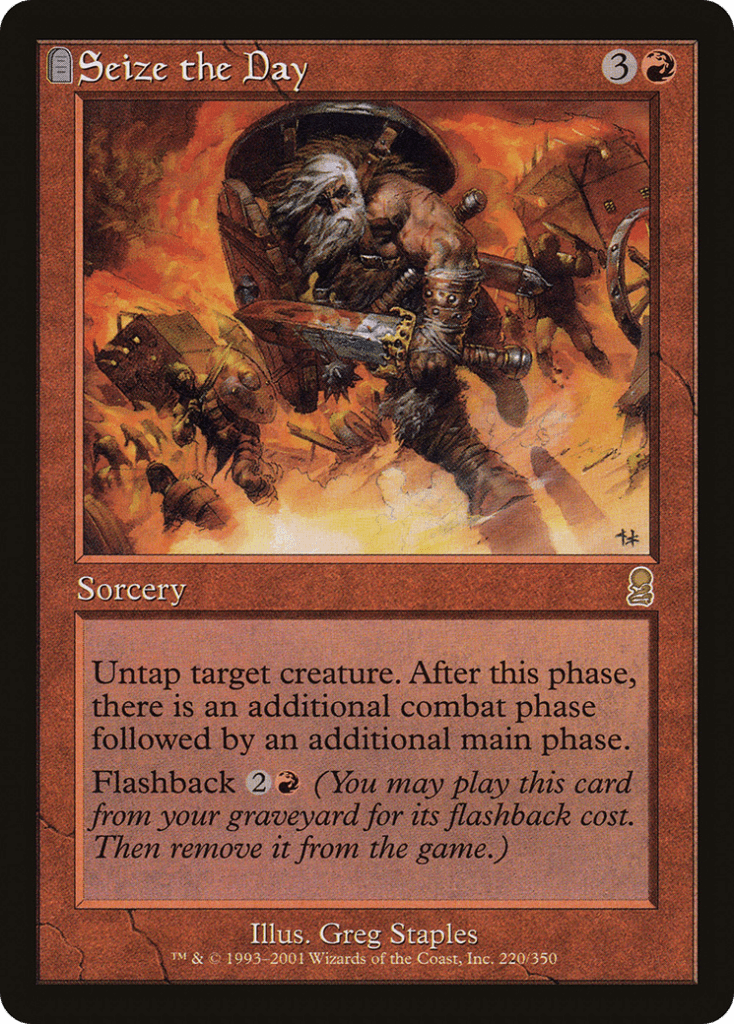
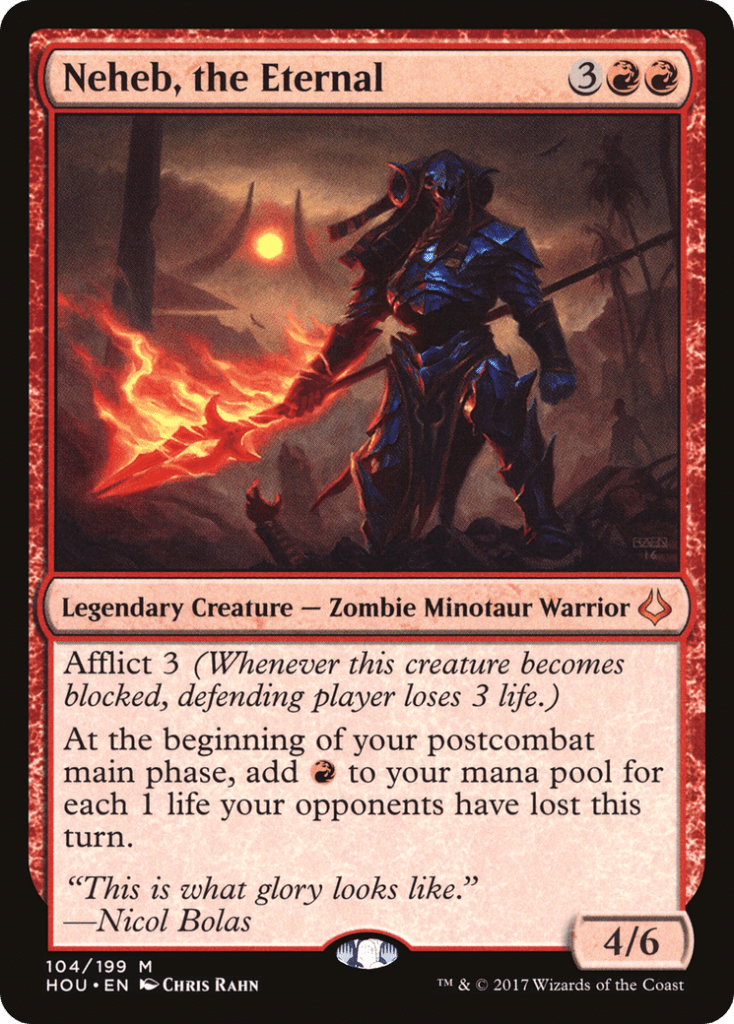
Let’s just say the power ceiling on Flamewar is wherever you want it to be, and having really dug into her builds lately, I can promise there’s a ton of flexibility in how exactly you choose to engage with her kit. Artifacts-matter, madness and graveyard stuff, play-from-exile synergies, +1/+1 counters… she’s got a little bit of everything, and emphasizing one of these mechanics rarely gets in the way of the others.
In my own build, I’ve personally been focusing on combat tricks and extra combat spells as an unorthodox way of “storming off.” Every combat reloads your hand to keep hitting rituals, copy effects and other cheap, impactful spells. Plus every combat trick or extra combat builds on all the previous effects from that turn to create larger and larger card-payouts, making it easier to keep going.
It feels like a more flexible version of the typical Zada deck (both in the build and in play) and I’m loving it. I’d recommend more players give Flamewar a try, and I’m excited to see what you all end up doing with her.
HERE FOR A TRICKY TIME, NOT A LONG TIME
I rate combat tricks as some of the most fun effects in Magic, and they also tend to bring out the better aspects of the game. They encourage or reward proactive play, creature combat, high-stakes mind games and finding the best use of limited resources over several turns.
There will always be types of cards that underperform in any format, and it makes sense that we mostly ignore the humble Giant Growth and friends in the combo-centric world of multiplayer Commander. But if you choose the right support cards and put in a little bit of effort, you’ll find that these tricks are still a real treat to play with.

Tom’s fate was sealed in 7th grade when his friend lent him a pile of commons to play Magic. He quickly picked up Boros and Orzhov decks in Ravnica block and has remained a staunch white magician ever since. A fan of all Constructed formats, he enjoys studying the history of the tournament meta. He specializes in midrange decks, especially Death & Taxes and Martyr Proc. One day, he swears he will win an MCQ with Evershrike. Ask him how at @AWanderingBard, or watch him stream Magic at twitch.tv/TheWanderingBard.

